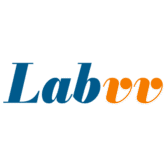Water Testing Laboratory Equipment: A Practical Guide
This guide is short, clear, and useful. It highlights core tools. It also shows simple steps. Thus, you can plan fast and work safely.
water testingwastewaterlab equipment1) Core Meters and Analyzers
First, check routine water quality. These meters are quick. They are also easy to keep in good shape.
- pH / Conductivity / DO / Turbidity meters — daily control tools.
- Residual Chlorine Analyzer — crucial for drinking water and disinfection checks.
- COD / BOD / TOC analyzers — measure organic load; therefore, they guide treatment.
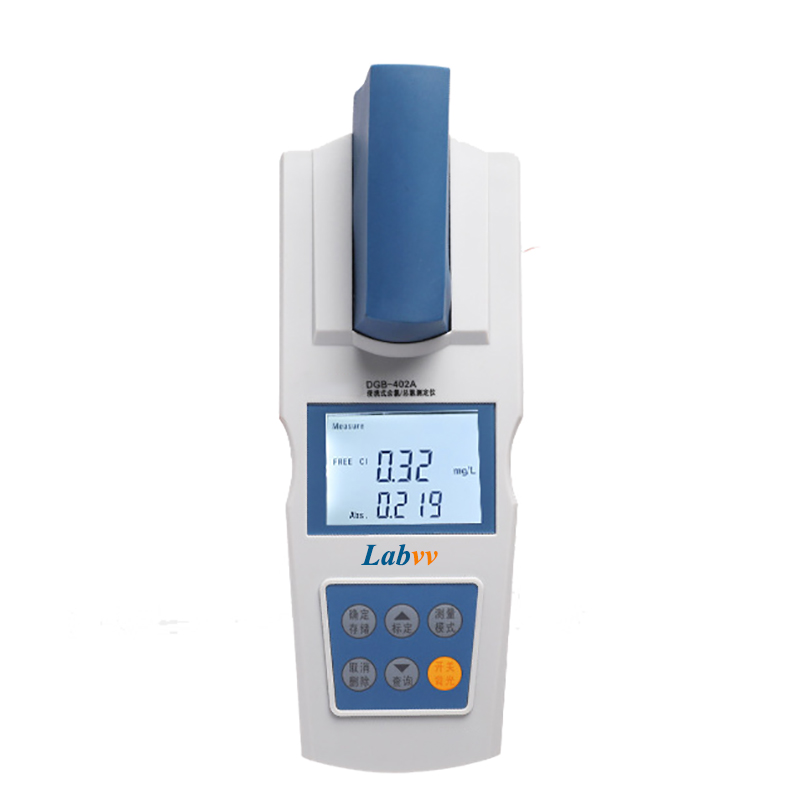
Residual Chlorine Analyzer — fast disinfection monitoring.
2) Metals and Nutrients: Spectroscopy
For trace metals, use powerful optics. As a result, you get lower detection limits.
- UV-Vis Spectrophotometer — nutrients, color, and more.
- AAS / ICP-OES / ICP-MS — heavy metals at low levels.
3) Microbiology Tools
Moreover, safety matters. Keep cultures controlled and clean.
- Microbiological Incubator — stable growth conditions.
- Biosafety Cabinet — protects people and samples.
- Membrane Filtration — simple colony counts.
- PCR (optional) — rapid pathogen screens.
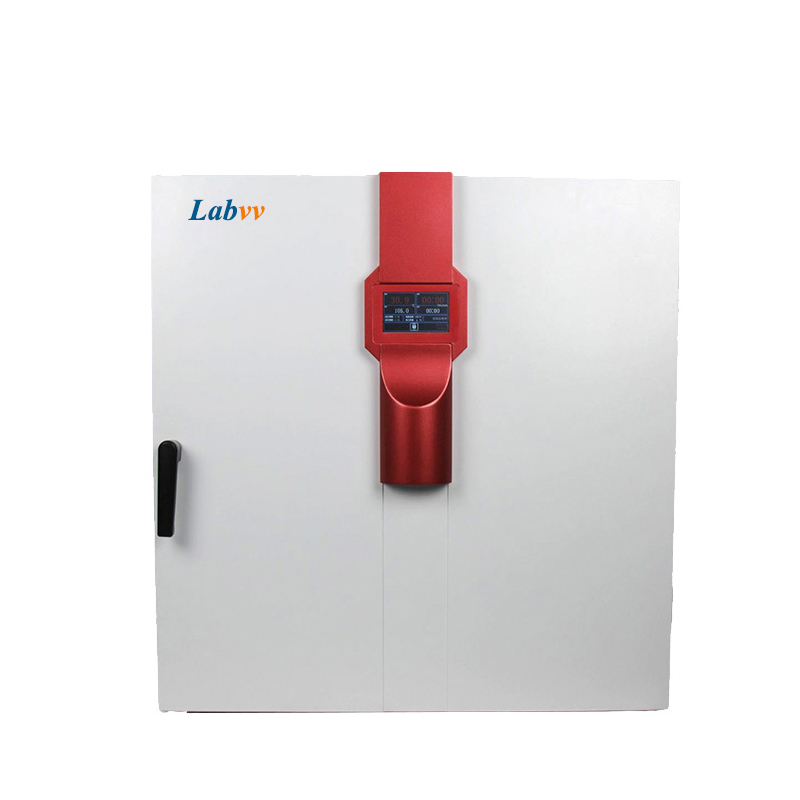
Microbiological Incubator — steady temperature for accurate counts.
4) Sample Prep and Safety
Next, prepare samples well. Good prep boosts accuracy. Also, it protects staff.
- Fume Hood — acid digestion and solvent work, safely.
- Muffle Furnace — ash content and residue tests.
- Digestion System / SPE / Centrifuge — cleaner extracts and lower noise.
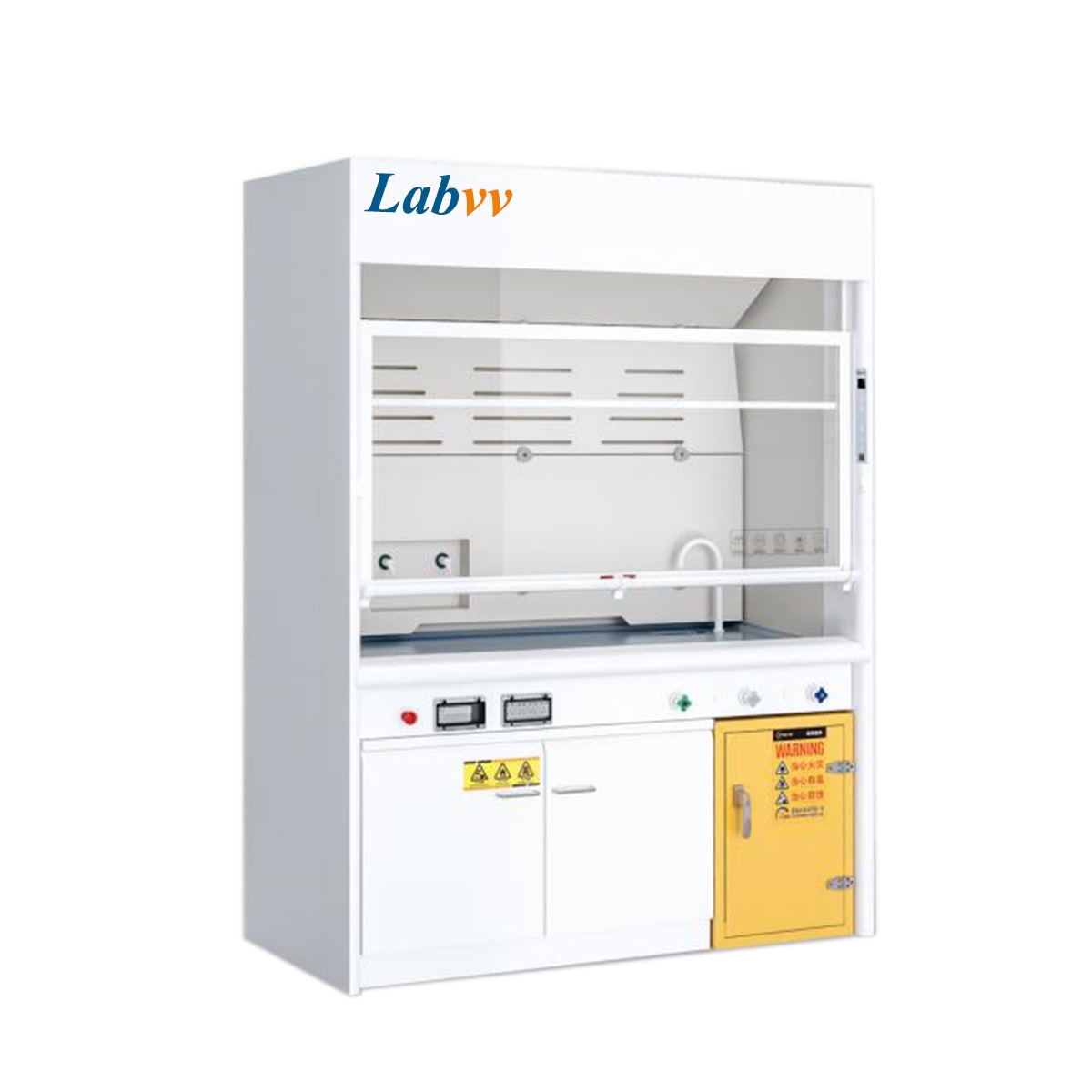
Fume Hood — essential for corrosive and volatile tasks.
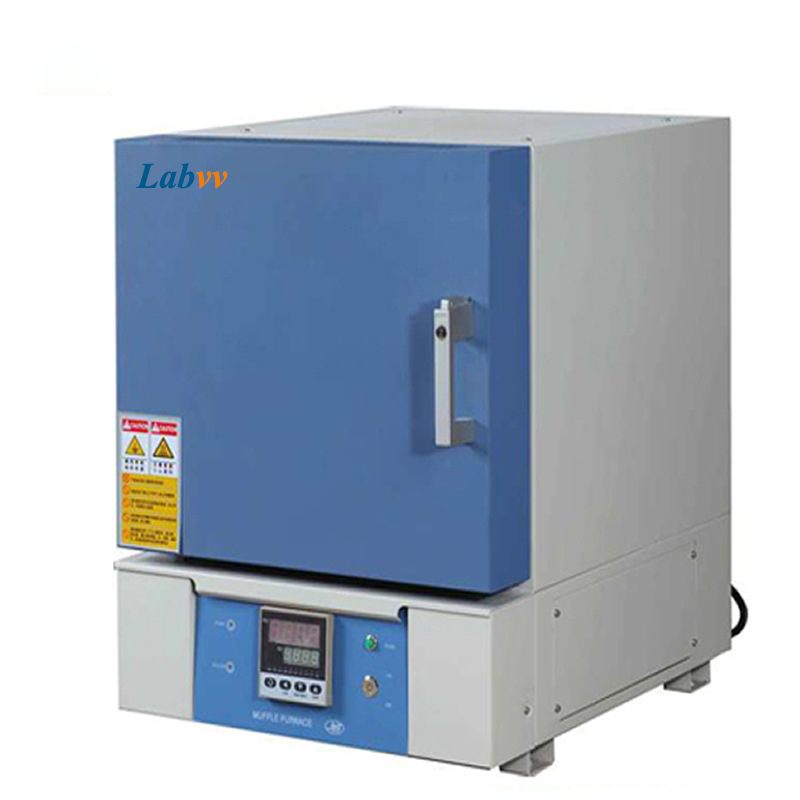
Muffle Furnace — reliable ash and gravimetric work.
5) A Simple Workflow
- Receive the sample; log it. Meanwhile, keep it cold if required.
- Screen with pH, EC, DO, and turbidity. Therefore, spot issues early.
- Prepare with filtration, digestion, or SPE, as needed.
- Analyze by UV-Vis, ICP, GC/LC, or culture tests.
- Verify with blanks, spikes, and standards. Finally, report clearly.
6) Quick Selection Tips
- Choose meters with auto-cal and stable probes; hence, less drift.
- Prefer ICP-OES for multi-element scans; however, use ICP-MS for ultra-trace.
- Pick incubators with tight temperature control; in addition, log the data.
- Always install a certified fume hood; thus, you reduce risk.
